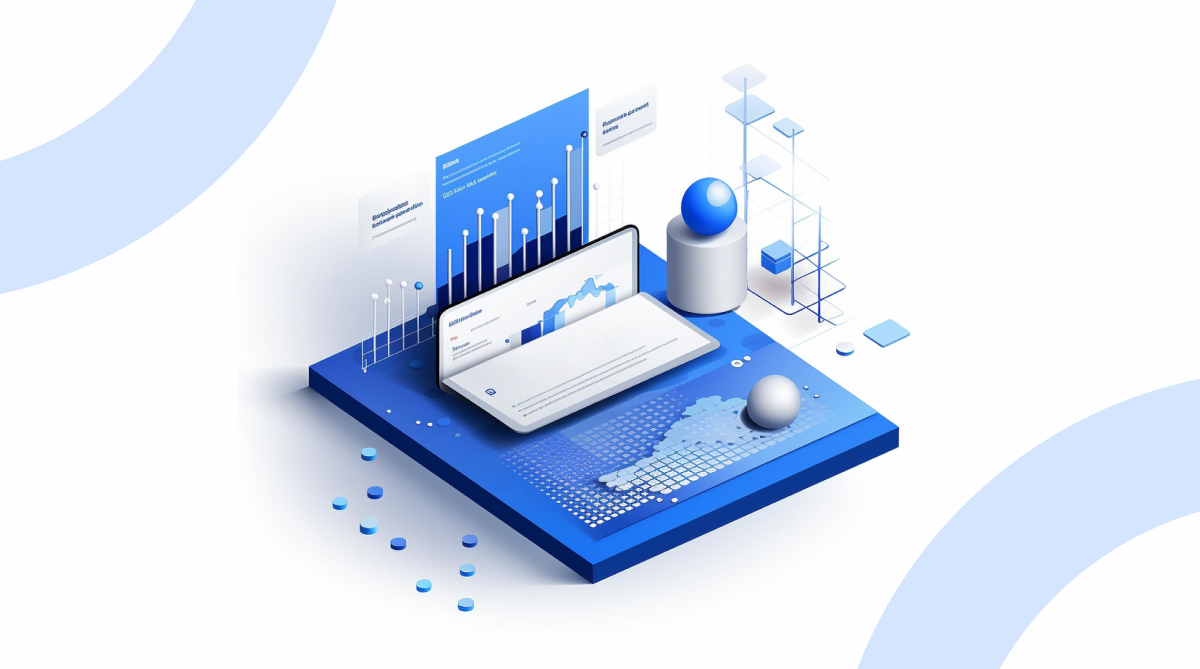The impact of digital manufacturing transformation on businesses, their suppliers, customers, and other third parties is enormous. Whether you’re selling precision machinery or building materials online, technology can help you in various ways. Digital technologies assist manufacturers in improving operational efficiencies and optimising multiple business areas, from product development to supply chain management.
Advanced manufacturing technologies provide numerous benefits, such as assisting companies in unlocking digital business models, adapting to changes faster, and even anticipating changes before they occur – all of which are critical to manufacturing. It’s not surprising that IDC predicts that by the end of 2022, half of all manufacturers will have invested in intelligent manufacturing through improved resilience, data analytics, and artificial intelligence.
A few of the benefits are given below:
- Increased operational efficiency, reduced costs, and enhanced revenue
- Improved standard of manufactured goods
- Enhanced customer experience (e.g., streamline the ordering process)
- Improved decision-making abilities
- Ability to rapidly respond to changes in customer demands and the market.
Because of uncertainty in the global, economic, and policy landscapes, the state of manufacturing is constantly changing. The wide range of technological advances also potentially disrupts the industry. Five G (5G) network capabilities, a push for IoT, Industry 4.0, machine learning, and data-driven predictive analytics—all these aspects impact manufacturing.
The Advantages of Manufacturing Digitization
As digital technologies evolve around us, manufacturing companies are increasingly faced with a choice: increase their digitisation efforts or stick with tried-and-true methods.
Digital manufacturing transformation adds a lot of value to the manufacturing sector in the long run by reactivating many benefits, such as:
Improved data utilisation
Manufacturing digitisation is about optimising data usage in operations, and manufacturers can use data more effectively by feeding it into their B2B eCommerce, ERP, CRM, finance, warehousing, and other systems.
Process enhancements
Manufacturing operations could be revolutionised by digital transformation. Real-time insights, for example, can help monitor, resolve, and even predict situations to optimise machinery lifecycles—these aid in maintaining error-free operations and avoiding costly rework and disruptions.
Increased creativity
Because innovation breeds innovation, a digital transformation strategy in manufacturing lays the groundwork for a comprehensive optimisation approach. Deploying automated innovative factory capabilities in your ERP, for example, can help you improve business performance and the supply chain.
Better outsourcing
Manufacturers can avoid disruptions and risks associated with rushed solutions by implementing remote monitoring, troubleshooting, proactive maintenance, and data at their fingertips.
Customer-centricity
Manufacturers can provide more value to customers by launching a B2B eCommerce platform with separate portals for regions, brands, or clients. Furthermore, manufacturers can use sales data to accurately predict customer demand cycles and adjust production accordingly.
Manufacturing in the cloud
While the production of physical goods appears to be restricted to the realm of the tangible, expanding the use of cloud-based architecture has several benefits for businesses. Agile development is made possible by software that is cloud agnostic, which eliminates the requirement for massive legacy systems.
The demand for data has increased as the Internet of Things (IoT) is used more often. For enterprises to function effectively, systems must be able to store enormous volumes of data and process it fast without any downtime or risk of data loss.
Well-researched and executed, cloud-based systems provide manufacturers with special advantages. Production can go on with or without workers thanks to remote operations. Every stage of production is automated in a holistically planned system, eliminating the possibility of error.
Cloud manufacturing and manufacturing-as-a-service (MaaS)
Manufacturing-as-a-service (MaaS) companies work as independent contractors, producing goods for the companies who hire them while splitting the cost of software, equipment, maintenance, and repairs. It improves efficiency and increases capacity utilisation; a facility that is open around-the-clock is much more productive and effective. A MaaS company might benefit from day-to-day operations by taking on production for a variety of businesses.
For the companies using MaaS organisations, automated digital processes are also an excellent instrument for growth into larger product volumes and new product lines without spending more money on infrastructure and facilities.
Resilience
Resilience is essential to succeeding in challenging business situations. Although operations are resilient, adaptation is essential for long-term success. To stay ahead of the competition, manufacturers need to be able to foresee problems and find solutions.
By utilising adaptable automation, executing remotely, and tying the supply chain together with a cloud-based infrastructure, digital technologies support manufacturers.
Green Thinking
As consumers’ demands for eco-friendly activities grow, technology advances to supply solutions. Machines that are controlled by AI are more efficient and use less energy. Increasing efficiency frequently encourages less material consumption as well. The ecosystem benefits greatly from less resource use.
Lower Costs, Higher Margins
Costs for manufacturers are reduced by digital transformation. With the help of the Internet of Things (IoT), manufacturers can more quickly identify and fix problems. Manufacturers can gain from connected machinery’s range of advantages, including the ability to diagnose issues before they develop and schedule maintenance for increases in output.
To overcome current obstacles, switch to cloud-based digital manufacturing, and take advantage of the many benefits that are accessible, a platform ecosystem that adapts to demands rather than existing software is required.




